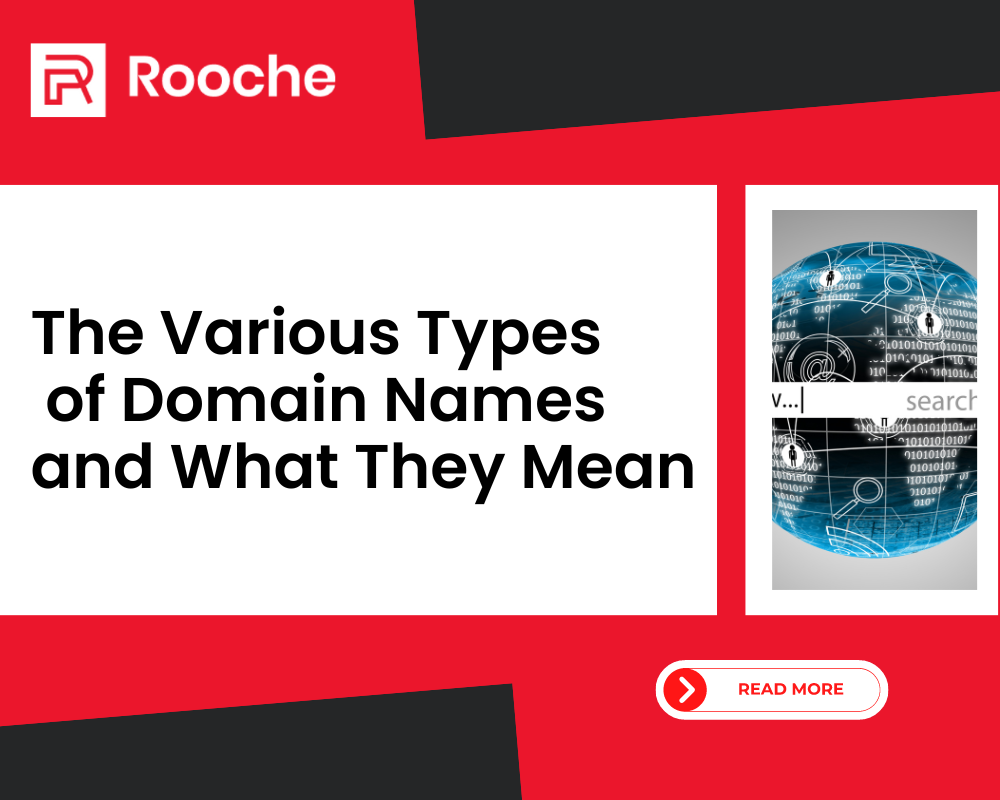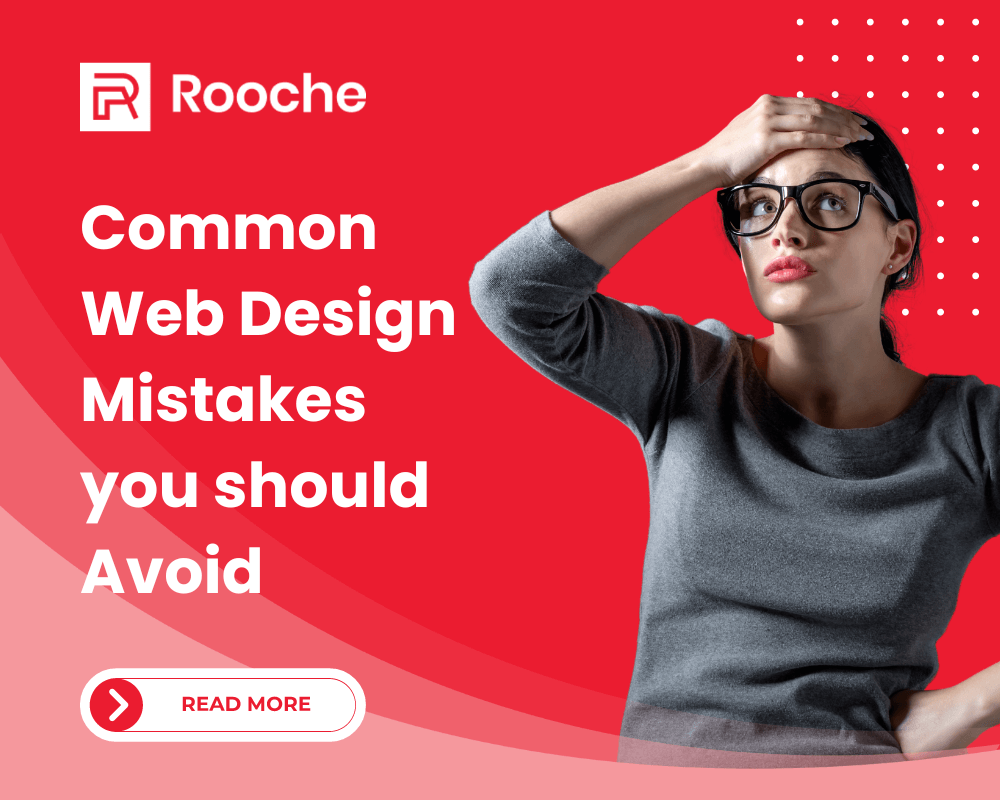The Various Types of Domain Names and What They Mean
What is a Domain? A domain is a unique name that identifies a website. It allows people to find your […]
Dec 8, 2022
Dec 8, 2022

UX design is important. Too important to be left in the hands of myths and misconceptions. It helps win over new clients, retain old ones, and ensure you’re doing everything possible to make your customers happy. That’s why we’re here to set the record straight about what UX design is—and what it isn’t.
But what is user experience design? How does it work? And how can you use it to improve your business?
The concept of user experience design is a relatively new one. It’s only been around since the late 1990s, it was only used by tech companies. It wasn’t until 2014 that UX started to become more widely accepted in other industries, but even now, there are many misconceptions about what web design user experience is—and what it can do for your business.
The truth is, UX design has been used in different industries for decades—in fact, you’ve probably used it without knowing it! For example, if you’ve ever ordered something online and received an email confirmation with clear links to track your order status and return or exchange policy information, then you’ve experienced the benefits of good UX design.
Pretty does not always equal usable, and usability is a key component of user experience. User experience encompasses all aspects of the end-users interaction with the company, its services, and its products.
A good user experience leads to customer satisfaction, which leads to repeat business and referrals. A bad user experience will cause customers to go elsewhere. It’s that simple. Good user experience is essential to the success of any business, yet many companies still don’t invest enough in it.
While good web design is important, user experience is much more than that. As mentioned before, user experience encompasses all aspects of the end-users interaction with the company. This includes initial contact (advertising, marketing, etc.) to post-purchase support.
The fact that you have a great product does not mean that you do not need UX design. Having a great product is precisely why you need UX design. A well-designed user experience will help your customers fall in love with your product and keep coming back for more.
We’re not saying that you can’t do your own UX design. But just because you can doesn’t mean you should. Leave it to the professionals who have been trained in how to create an optimal user experience. Trust us, your customers will thank you for it.
Design is a key part of the user experience, but it’s not the only part. A great design can’t save a bad product, and a bad design can’t ruin a great product. It’s just one piece of the puzzle. Other important pieces include branding, pricing, customer service, etc. All of these factors come together to create the overall user experience.
Investing in a good user experience pays off in the long run. It’s not just a cost, it’s an investment. Do you practice good user experience design? What are some ways that you’ve seen it improve your business? Share this news and let others bust the myth that design is only about aesthetics. It’s not just a good-looking website or app, it’s easy to use and meets the user’s needs.

What is a Domain? A domain is a unique name that identifies a website. It allows people to find your […]
Dec 8, 2022

In mobile app development, User Interface (UI) and User Experience (UX) design serve as the cornerstone for a successful and […]
Oct 12, 2023

Many companies struggle to create new business ideas that encourage conversions and generate sales. A website is one of their […]
Dec 8, 2022
Join our newsletter and be the first to receive future promo and sale updates from Rooche!